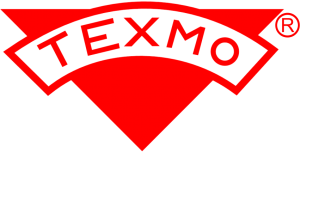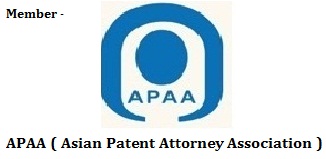Well-Known Marks : Difficult to Determining
Trademark infringement suit , Texmo Industries inter alia prayed that their mark, TEXMO, be declared as a well-known mark under Section 11 & section 2 (zg ) of the Trade Marks Act, 1999. under sub-sections (6)-(9), this section lays down a number of factors that must be considered before granting well-known status to a mark. however, in this particular case, the issue that was raised, was whether the High Court had the power to declare a mark as well-known.
This question arises primarily due to the text of Section 11(6)-(9), which mentions the Registrar as the authority when determining whether a mark is well-known. It seems, therefore, that the Registrar has the power to determine whether a mark is well-known. However, in practice, courts have declared marks to be well-known , for instance , in the Tata Sons case or Brahmos Aerospace case (covered on the blog here and here).
Court argued that only the Registrar has the power to accord well-known status to marks, but referred the question to a higher bench due to differing views from benches of similar strength. according to the court, the text of Section 11 makes it clear that the Registrar is the proper authority. Further, it stated that the Registrar is more suited to make investigations on this question, since it has the requisite expertise and capability to do so. specifically, the court noted that it cannot give a complete answer for the following factors:
- the extent of knowledge of the mark to, and its recognition by the relevant public,
- the duration of the use of the mark
- the extent of the products and services in relation to which the mark is being used
- the method, frequency, extent and duration of advertising and promotion of the mark
- the geographical extent of the trading area in which the mark is used
- the state of registration of the mark
- the volume of business of the goods or services sold under that mark
- the volume of business of the goods or services sold under that mark
- the nature and extent of the use of same or similar mark
- actual or potential number of persons consuming goods or availing services being sold under that brand
While the Registrar does seem to be well-placed to make a decision on these factors, it would seem that the court is similarly placed in terms of legal expertise and the power to requisition documents and evidence. If these capabilities are the same, then it would be difficult to agree with the court’s practicality argument. Further, if one were to look at Rules 124-126 of the Trademark Rules 2017, and the specifics of Form TM-M (through which applications for well-known status are to be made), the Registrar does not make or have the power to make any special investigation that is beyond the ability of a court. one would also wonder how the renouncing the power to declare marks as well-known to the sole domain of the Registrar would play out in cases where the plaintiff couches their cause of action within the law on well-known marks. would the plaintiff first have to approach the Registry in such circumstances? Further, would the court have the power to hear appeals to the Registrar’s decision in such matters (after following the procedure prescribed in Rule 125 of the Trademark Rules 2017)?



